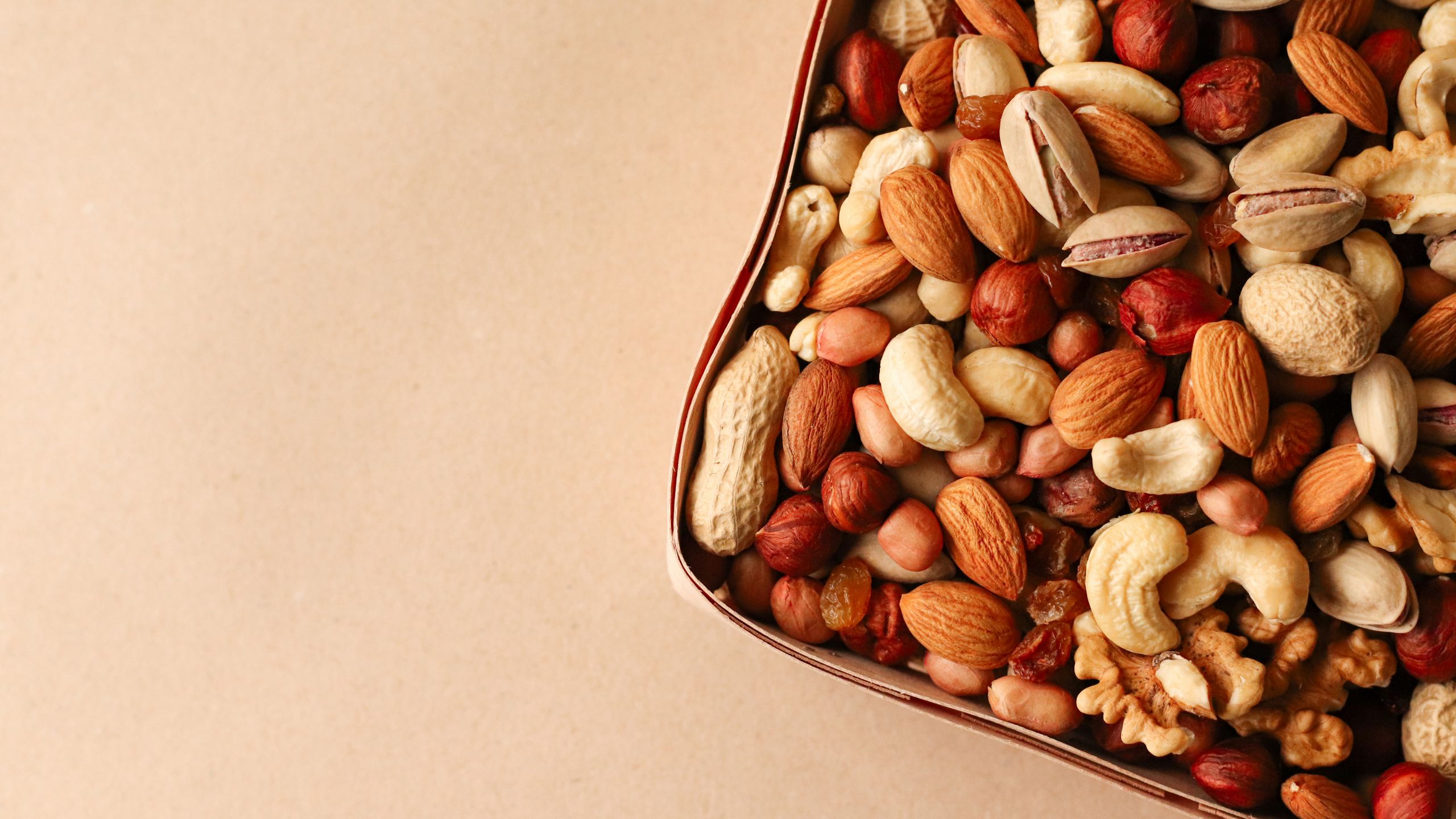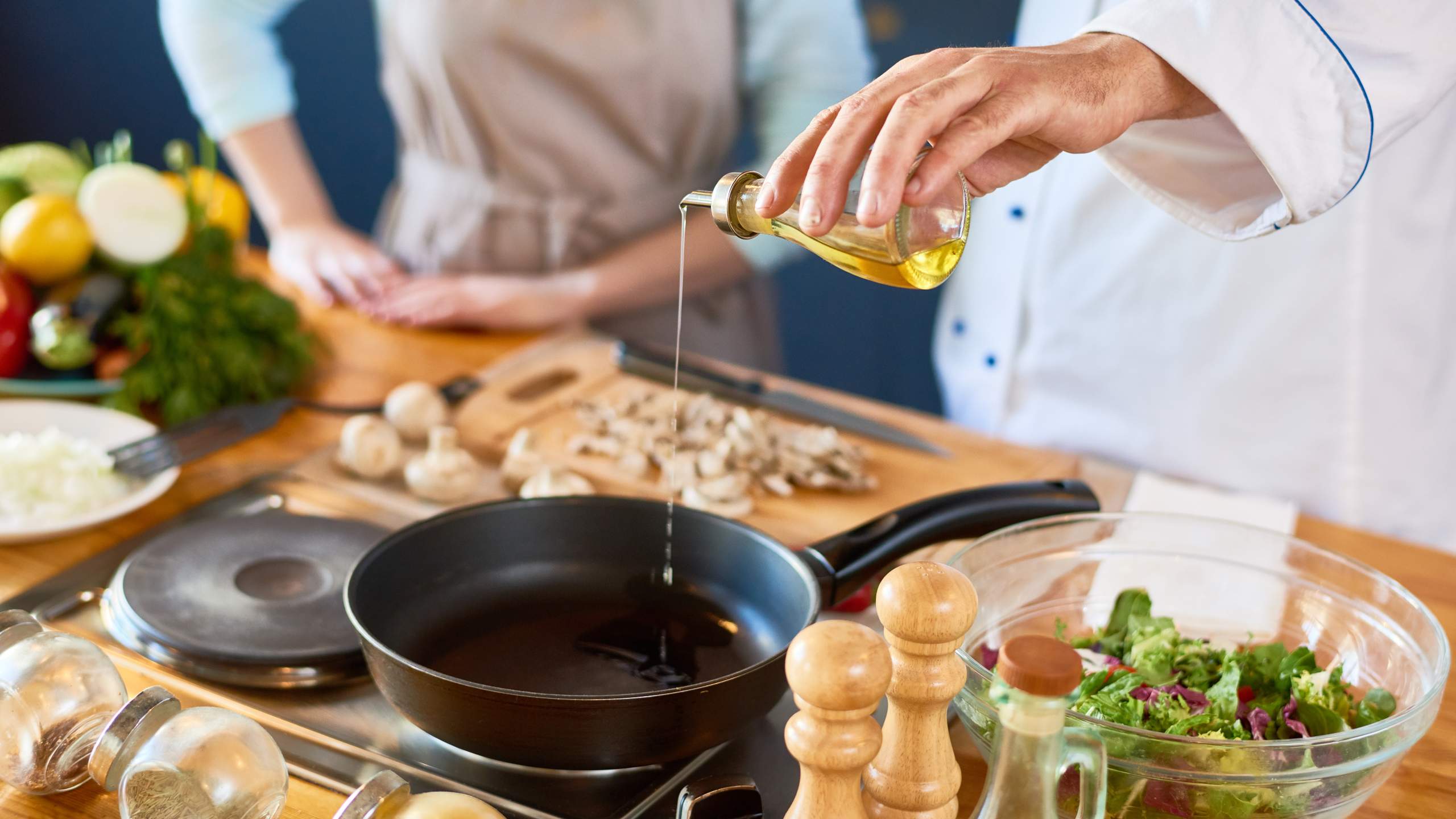Nuts in a nutshell
Whether as a topping of a delicious yogurt and fruit bowl, or as a crunchy element on a salad, nuts can add health and flavour to our daily lives. Varied and versatile, nuts usually come with a side dish of health benefits, especially when inserted into a healthy diet. But… which benefits, exactly? And do you know for sure what nuts are? And how many of them you should eat?
You often hear the term “dried fruits” when referring to nuts and dehydrated fruits–as on a dried fruits platter. But dehydrated fruits (such as sultanas, dried figs, and prunes) are simply fruits from which water has been artificially removed, while nuts or oilseeds (such as walnuts and hazelnuts) are fruits (or rather seeds) with naturally very little content of water.
These fruits are characterised by having a single edible seed encased in a hard shell. Almonds, cashews, coconuts and pistachios, because their seed is encased in a juicy, edible fruit, are also called drupes. The “bag” of nuts also includes seeds such as chia, pumpkin and linseed.
Definitions aside, nuts are part of the Mediterranean diet. They possess nutritional properties that are very beneficial to our health.
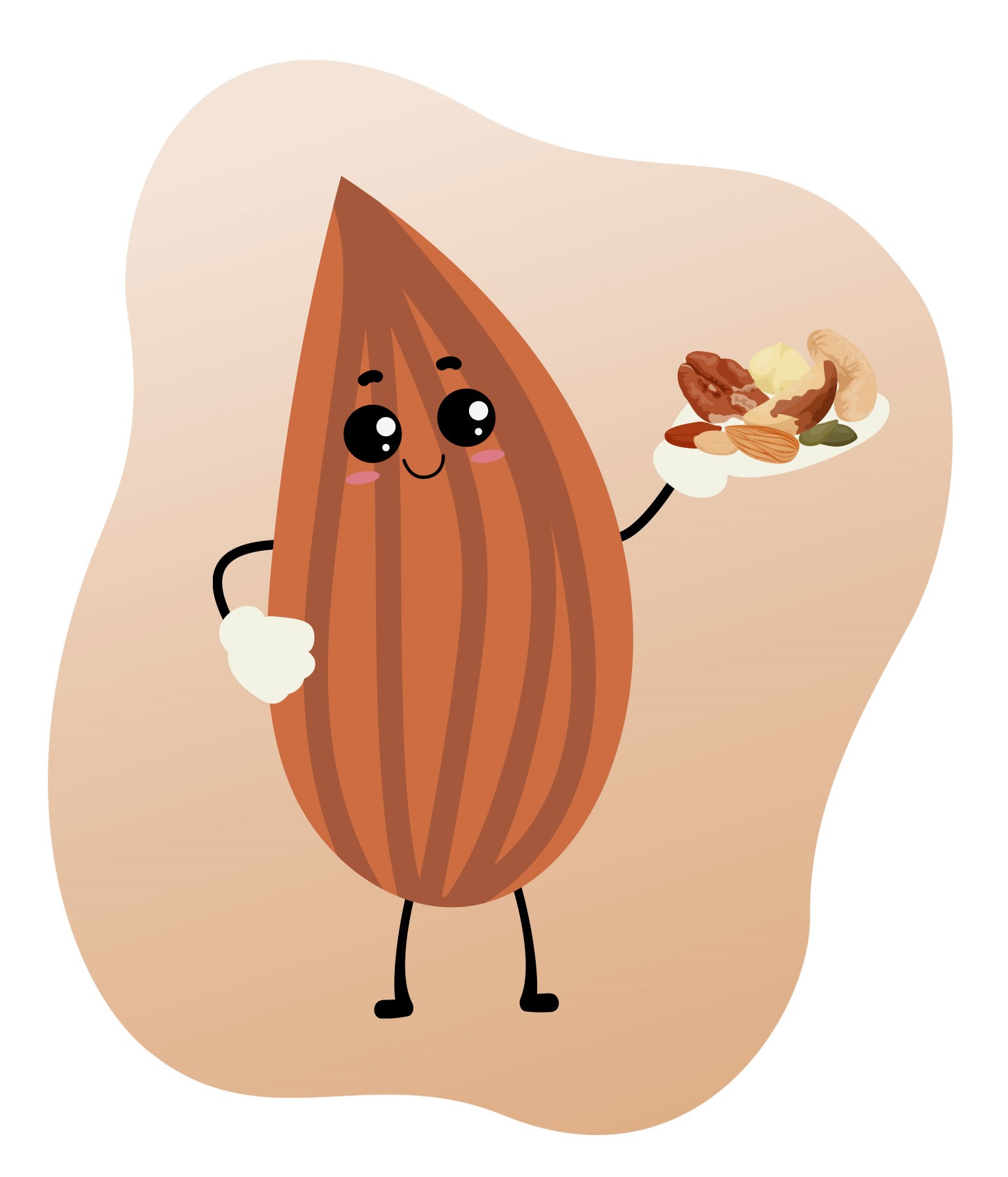
A handful of benefits
How many nuts fit in your hand? That’s the amount you should eat per day – a handful. This measure corresponds to a portion of approximately 30g and contains, on average, about 200kcal.
For every 100 grams, nuts provide between 500 to 700kcal, mostly from fat. Nuts are mainly composed of unsaturated fat, a type of fat that provides benefits for cardiovascular health, namely by helping to maintain normal blood cholesterol levels.
These are the main benefits of nuts:
- Nuts are a source of vitamins B1, B2, B3 and B6, which contribute to the normal functioning of the nervous system, and antioxidants such as vitamin E, which protect cells against undesirable oxidations.
- They are rich in minerals, such as magnesium and potassium, which promote normal muscle functioning, plus zinc and manganese with antioxidant properties, and are also a source of iron.
- They are a source of protein, essential for bone health and for muscle mass.
We all know how easy it is to indulge in one too many cashew nuts, walnuts, or almonds. Snacking on nuts is very satisfying but it’s easy to get carried away. Different nuts have varying amounts of nutrients, however, beware of their caloric content. Remember, nuts are mostly fat, and should be consumed in moderation.
Other things to watch out for, if you don’t have a nut allergy, are the quantities consumed and opting for natural nuts, with no other ingredients added. In the case of quantities, attention should be paid to the recommended daily doses, especially of one dried fruit in particular: Brazil nuts, also known as castanha-do-maranhão or castanha-do-pará, due to their high selenium content, which, when ingested in excess, can cause toxicity in the body. Children between the ages of 1 and 3 should consume no more than one Brazil nut a day, those aged 3 to 14 can consume two to three Brazil nuts a day, and teenagers and adults should consume no more than three to four Brazil nuts a day.

How to include nuts in a healthy diet?
Nut-based snacks are quite common but are often processed and salted. Most commonly, these snacks include roasted nuts, whether salted or sweetened with sugar or honey, or even covered in chocolate. These extra ingredients, however, add saturated fats, sugar, or salt to your nuts, so you should check the label carefully. The best choice is always raw, unsalted, and unsweetened nuts.
The versatility of nuts and seeds means you can use your creativity to prepare delicious, crunchy, and nutritious recipes. These are some ways to include nuts in a healthy, balanced diet:
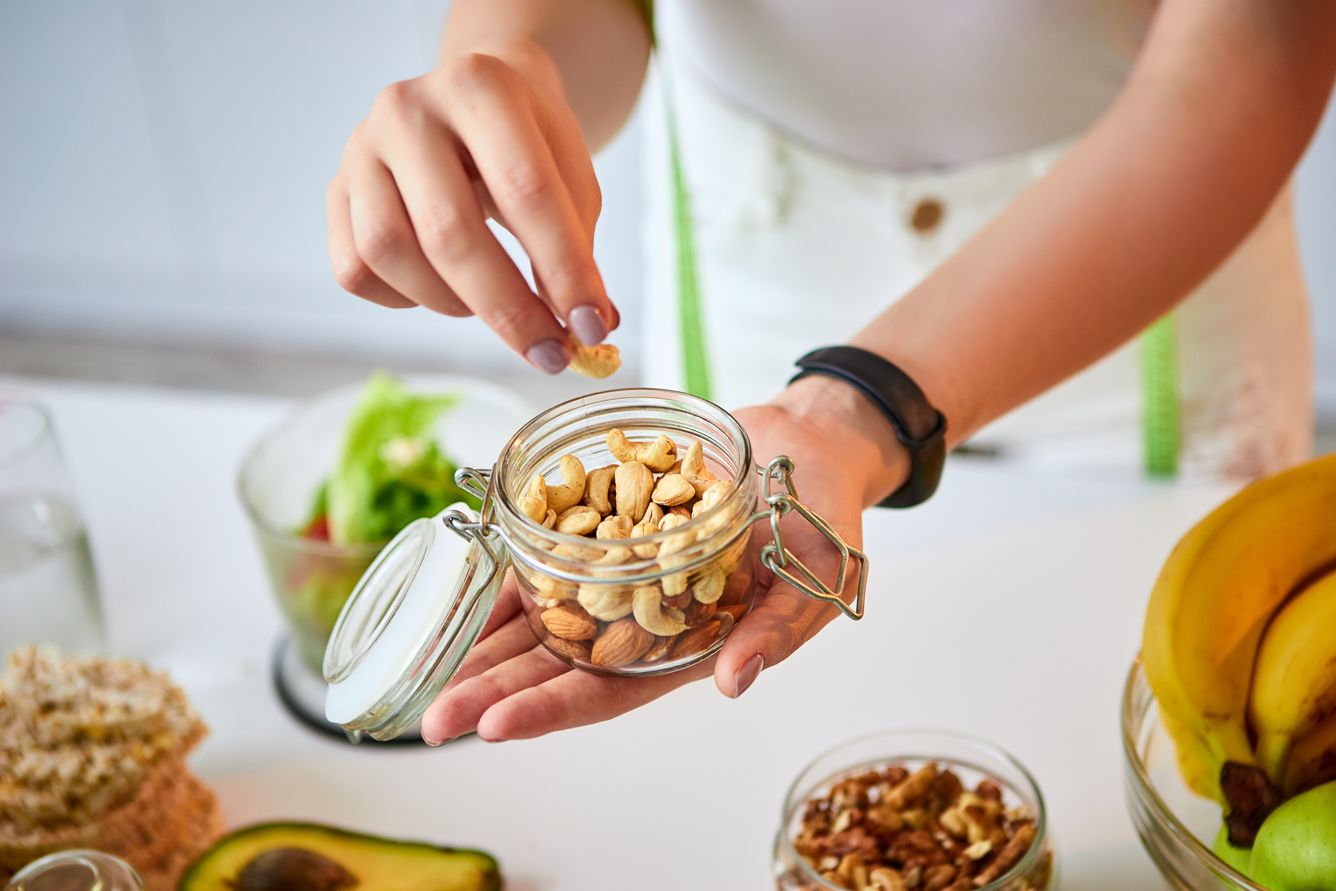
-
As a snack
Either by themselves or mixed with fresh fruits or yogurt, nuts are a convenient and healthy snack. Take them with you in small portions, so you can control the quantities – don’t forget, just a handful!
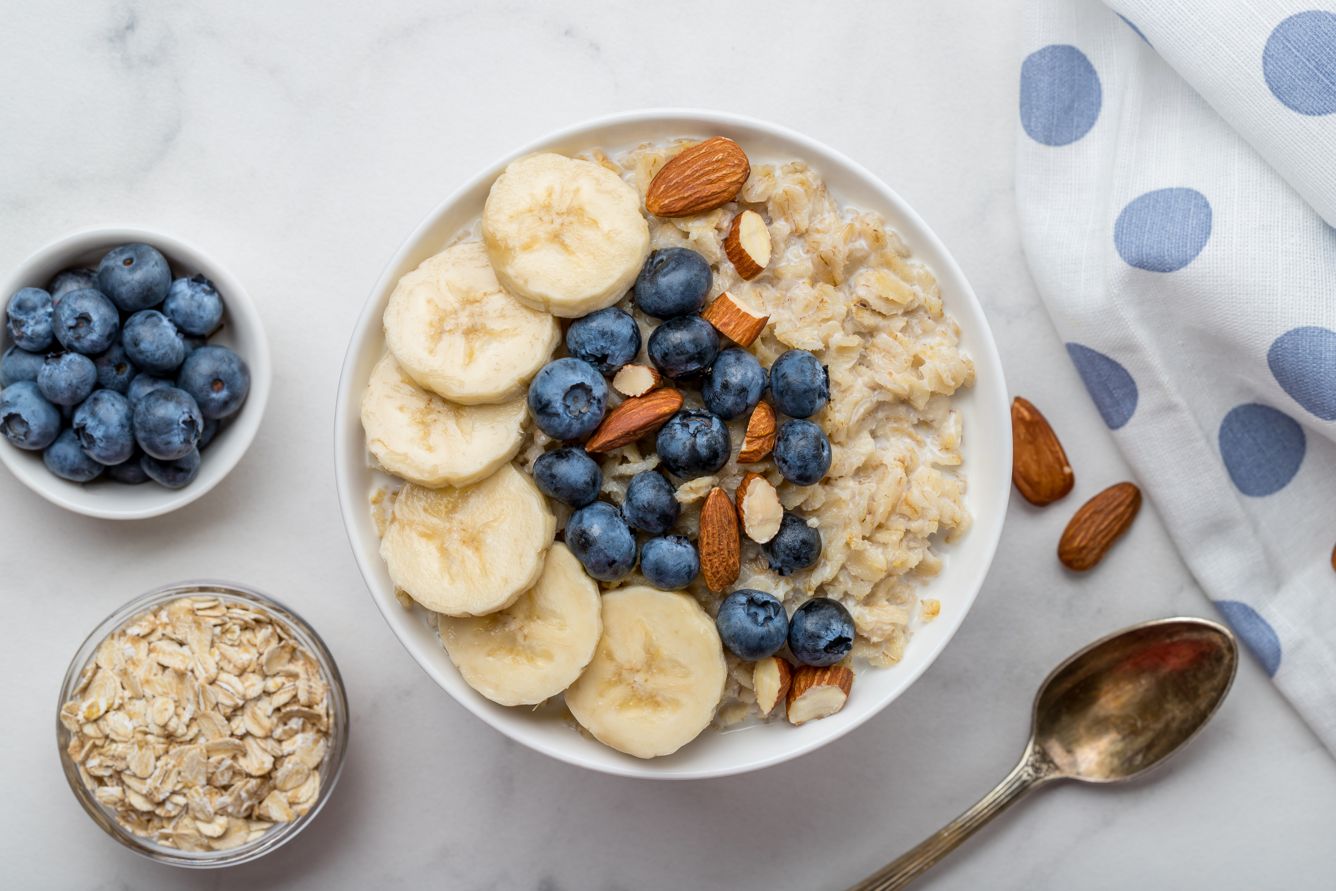
-
For breakfast
the first meal of the day should include a “good” source of fat, so adding nuts to yogurt, to porridge or even to a smoothie are excellent options. You can also get your healthy fats from nuts at breakfast via nut butter (see the last point).
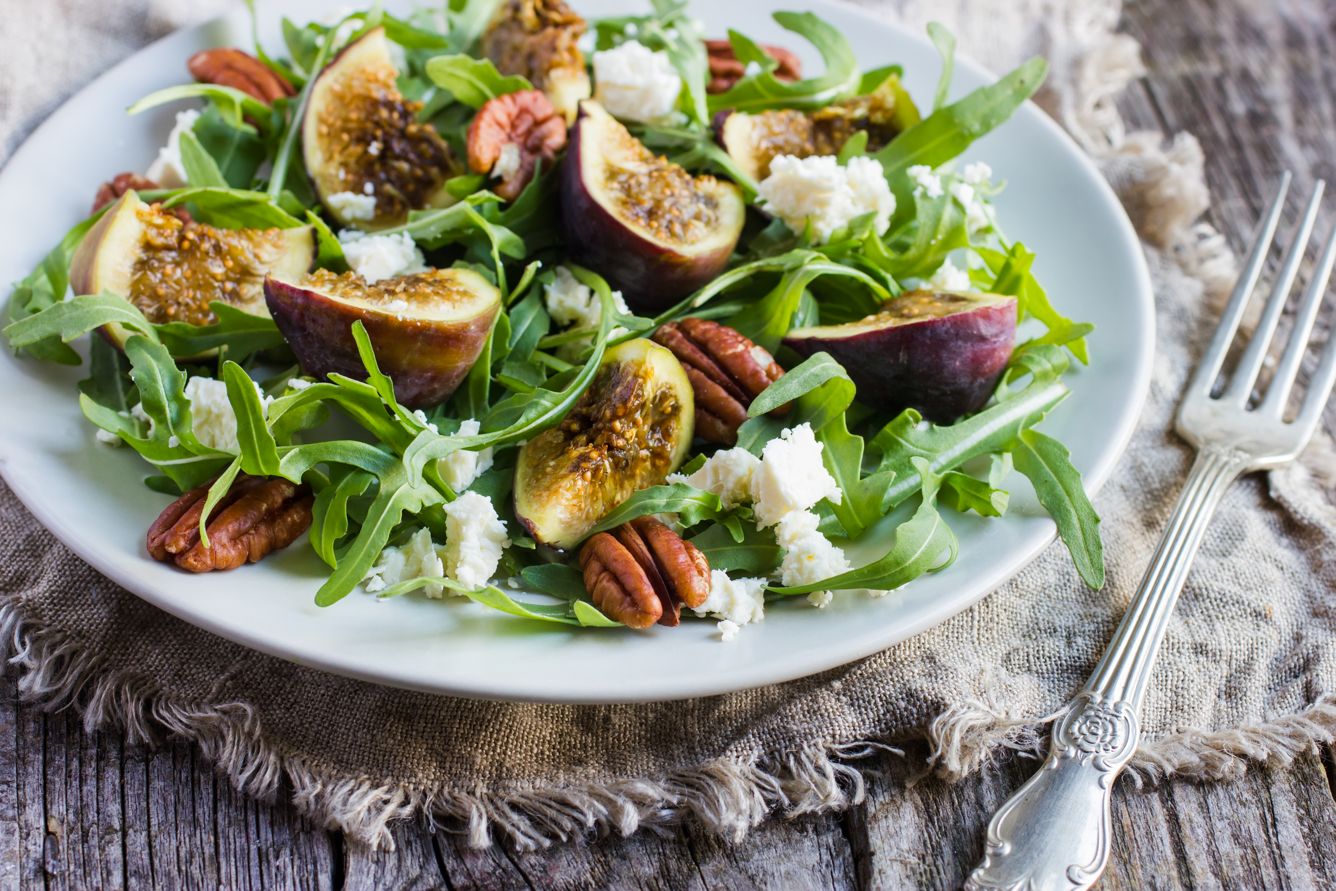
-
In salads
Sprinkle your salads with chopped nuts (pine nuts, pistachios, walnuts, etc.) and seeds (pumpkin, sunflower, sesame…) to add crunchiness.
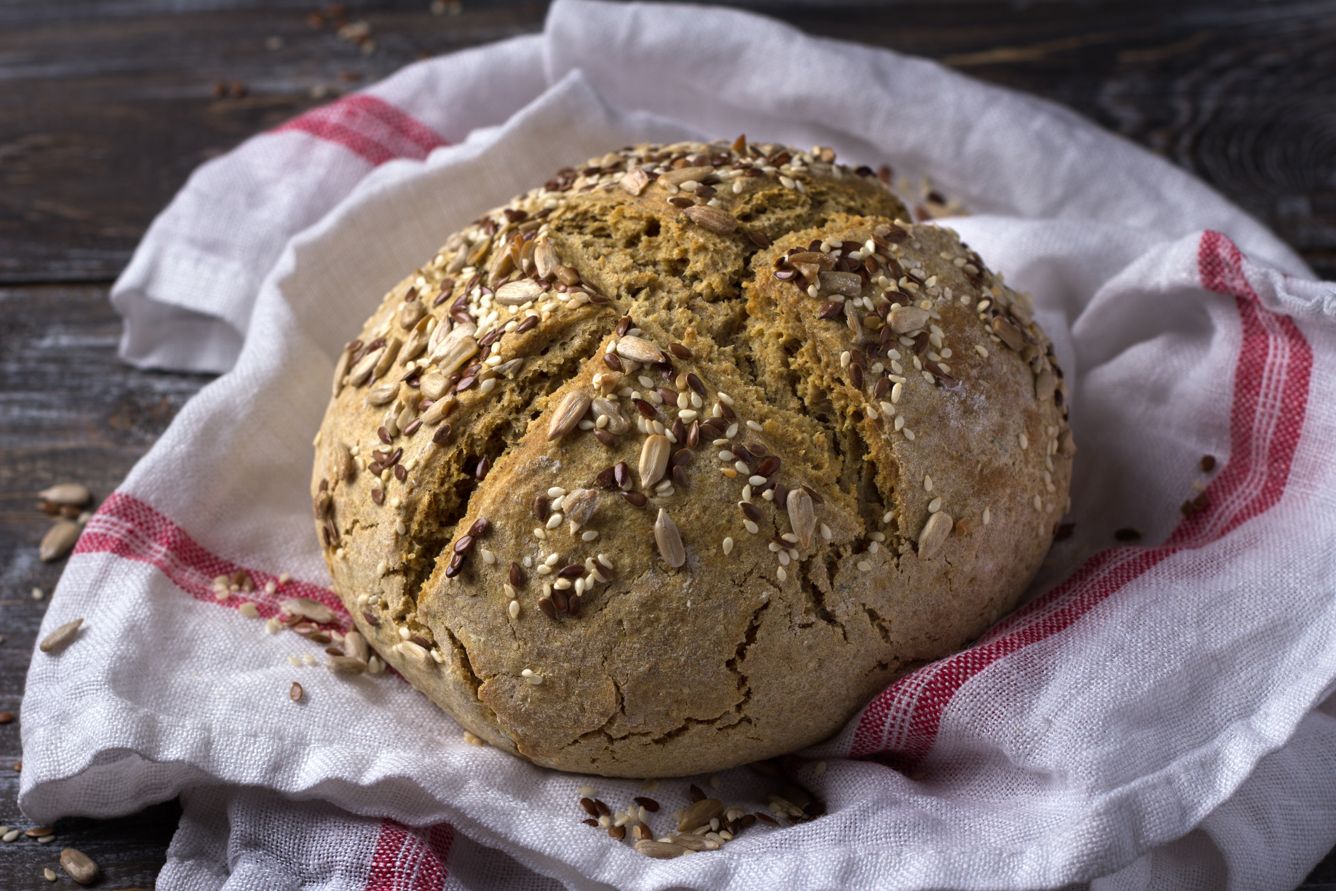
-
In breads, cakes, and biscuits
Using nuts and seeds in baked goods is a way to add flavour and nutritional value.
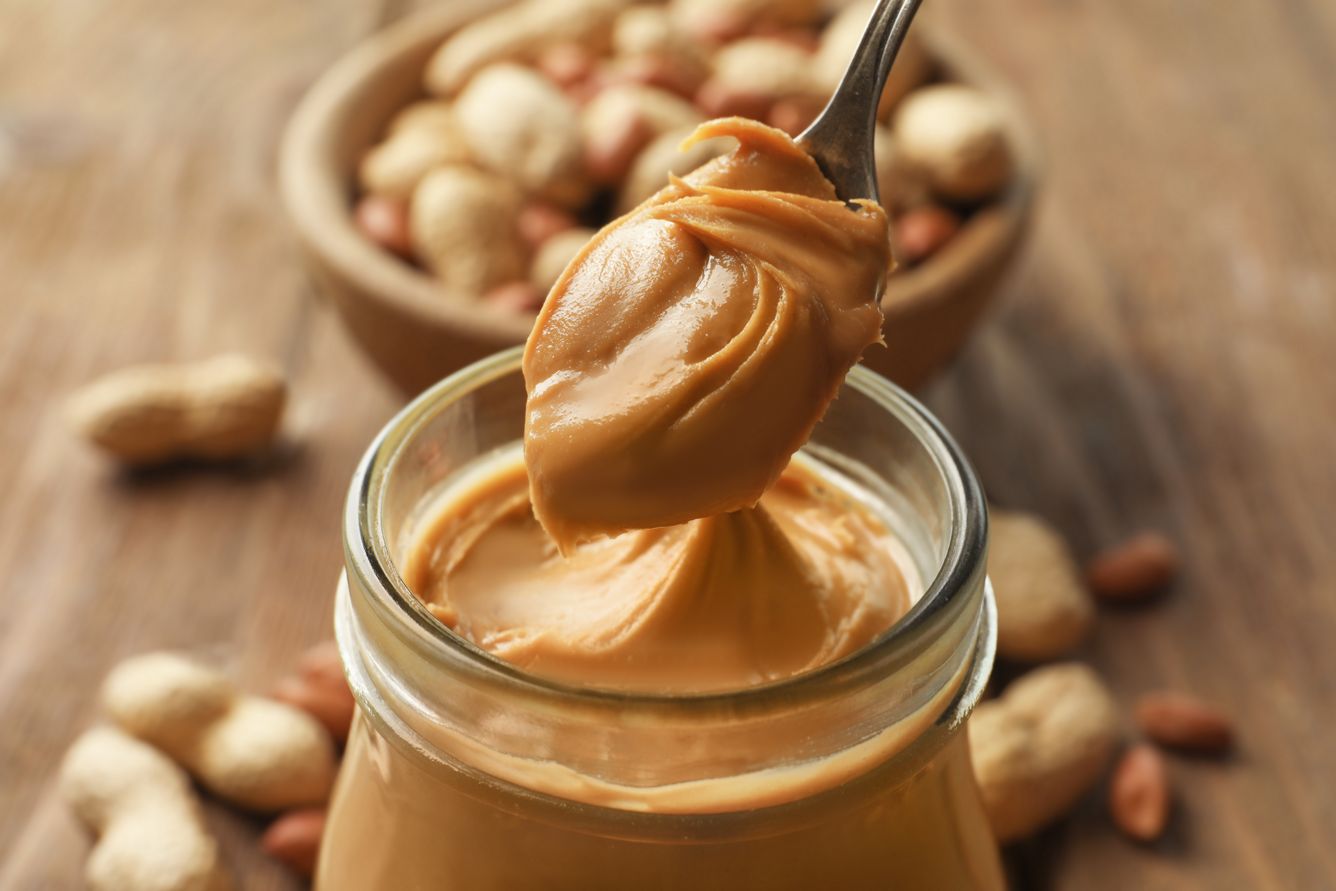
-
In nut butters
Almond, peanut or hazelnut are common nut butters. They can be spread on bread, pancakes, or added to smoothies, yogurts, or cakes. They are also easy to make at home: lightly roast the nuts and then grind them in a food processor until they have the consistency of butter. Mind the caloric content and consume them in moderation – about 30g, which is roughly equivalent to one tablespoon per day.
Good articles are like nuts: it’s hard to read just one! If you liked this article, subscribe to our newsletter, and receive fresh healthy eating tips in your email.
